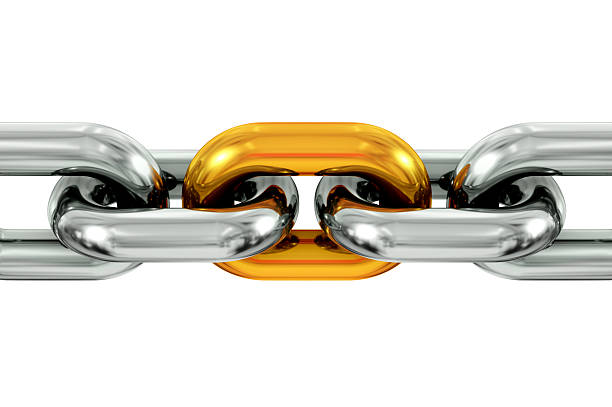
What are X-chain, C-chain and P-chain.
Blockchain technology is making progress day by day and new blockchains are starting to emerge with unique and useful features, Blockchain developers are trying their best to develop a blockchain which is supposed to be more efficient, secure and decentralized than the existing blockchains.
Actually, there is Trilemma Blockchain which can only be used by blockchain developers with two of three factors namely scalability, security, and decentralization. Bitcoin developers decided to use security and decentralization so the scalability of the Bitcoin network is still an issue for this network.
To overcome the scalability problems that exist in the Bitcoin network, a new blockchain was developed called the Avalanche Blockchain. This blockchain was developed by Kevin Sekniqi, Marfan "Ted" Yin, and Emin Gün Sirer, Avalanche Blockchain was published in September 2020.
The Avalanche Blockchain is actually a different and unique blockchain as it consists of three chains that perform their functions to make the Avalanche blockchain more successful and impressive. In other chains, all factors (decentralization, scalability and security) are managed by only one chain. While on this blockchain, these three functions are performed by three different chains. This chain is described in detail.
X-Chain.
The first chain of the Avalanche ecosystem is the X-Chain, also known as the Exchange Chain. As the name of the chain mentions that it is a chain where assets can be exchanged and created. Native tokens of the Avalanche blockchain, AVAX tokens and other assets can be created and exchanged in this chain.
This chain allows users to trade and create tokens based on some of the rules and standards of the Avalanche blockchain such as the Ethereum network. Thus, it allows users to create other ERC20 tokens as well. This chain is based on the Avalanche Consensus Protocol and transaction fees are paid in AVAX tokens.
C-Chain.
The second chain of the Avalanche ecosystem is the C-Chain, also known as the Contract Chain or Smart Contract Chain. The function of this chain is to enable developers to create their smart contracts for Decentralized Applications (DApps). So, DApps developers can create their smart contracts in this chain.
The chain is compatible with the Ethereum Virtual Machine (EVM) so that DApps built on the Ethereum network can be accessed by Avalanche users. This chain is based on the Snowman Consensus Protocol. So, developers can run their different NFTs, ERC20 tokens and DApps in this chain. The fee for the creation of the smart contract is charged in the form of AVAX tokens.
P-Chain.
The third chain of the Avalanche ecosystem is the P-Chain, also known as The Platform Chain. The function of this chain is to enable creation of new subnets, track and manage active subnets and cooperate with network validators. Here, the word Subnet means a group of validators that leverage consensus for a custom network.
One blockchain is validated by one Subnet but each subnet has the capacity to validate multiple blockchains. This chain is also based on the Snowman Consensus Protocol which is an extensive version of the Avalanche Consensus Protocol.
So, it is a component of the Avalanche blockchain. All these chains carry out their respective functions and their collective function becomes the function of the Avalanche blockchain. This sub-chain is responsible for increasing transaction speed and network scalability. The scalability and speed of transaction verification of Avalanche Blockchain was very high compared to other blockchains at that time.